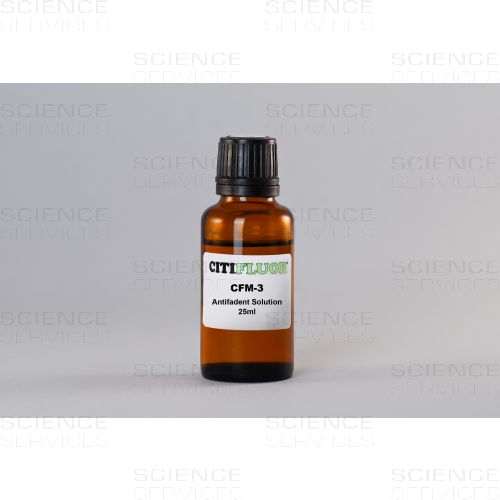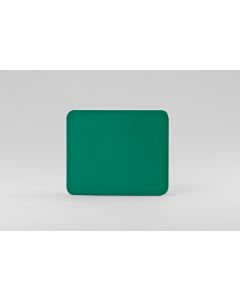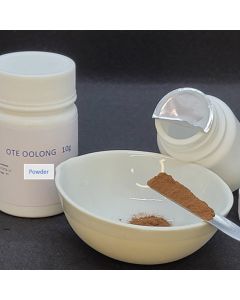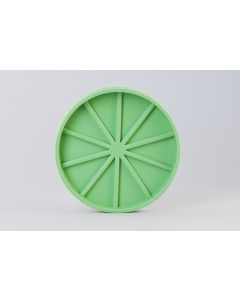CitiFluor™ CFM3, Mounting Medium
Citifluor CFM3 is a non-hardening antifading/anti-bleaching mounting medium for fluorescent samples with high refractive index and CLEARING properties. It is a glycerol solution containing a phenolic-based antifadent and is ideally suited for high magnification work and retarding photobleaching of DAPI, Alexa, Hoechst and cyanine dyes.
Refractive index at 20°C: 1.52; pH: ~6.5.
Product Details
Description
A main attribute of Citifluor CFM3 is its CLEARING properties thereby aiding visualization of fluorochromes in tissue samples at depths. These properties make CFM3 also very valuable for 3D imaging of specimens using confocal laser scanning microscopy.
Literature
Fouquet C, Gilles J-F, Heck N, Dos Santos M, Schwartzmann R, Cannaya V, et al. (2015) Improving Axial Resolution in Confocal Microscopy with New High Refractive Index Mounting Media. PLoS ONE 10(3): e0121096. doi:10.1371/journal.pone.0121096
Properties and storage of CFM3 solution
The solutions are of medium viscosity, are water-white in appearance and have a pH of ~ 6.5.
The CFM-3 solution should be NOT BE STORED IN A REFRIGERATOR but at temperatures between 20°C and 22°C. If stored at lower temperatures, crystals may appear in the solution. These may be removed by either centrifugation, filtration or alternatively by warming the solution to between 25°C and 28°C.
The cap of the bottles should always be replaced after use, to prevent ingress of water, which will lower the refractive index. Solutions stored under these conditions have been found to exhibit little apparent deterioration over a 6 month period although occasionally small crystals may form.
Usage and Useful Tips
The refractive index of CFM3 is designed to match the glass of the objective lens and coverslip.
This glycerol-based mountant solution, has been specially formulated so as to have a refractive index of ~1.52 (at room temperature).
CFM3 is useful for retarding the photobleaching of DAPI, Alexa, Hoechst and cyanine dyes.
The CFM3 solution is particularly useful for high magnification work where immersion oils are used to minimize distortion of the image due to refraction of the viewing light and where bleaching of the fluorochrome occurs.
A few drops of the solution should be applied to the specimen followed by a cover slip. An immersion oil (which may be a CFM solution if its viscosity is appropriate) is applied on top of the coverslip in the usual way.
Since the CFM3 solution has a relatively low pH, wash the sample with a buffer of appropriate pH followed by a couple of washes with the CFM3 solution. Apply a cover slip.
For more information please see our Info-Box.
More Information
| Mandatory sign |
Tightly sealed goggles

|
|---|---|
| Symbol GHS |
GHS07

|
| Hazard statements |
H317
|
| Precautionary statements |
P261
P280
P321
P362
P333_313
|
| ready to use | yes |
| Refractive Index | 1.52 |
| Used for Fluorescence |
yes
|
| Manufacturer |
EMS
|
| SDS (multilingual) | e17979-20, E17979-30 |








